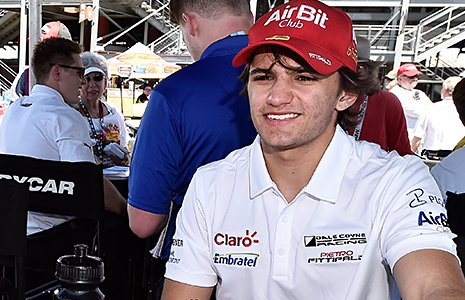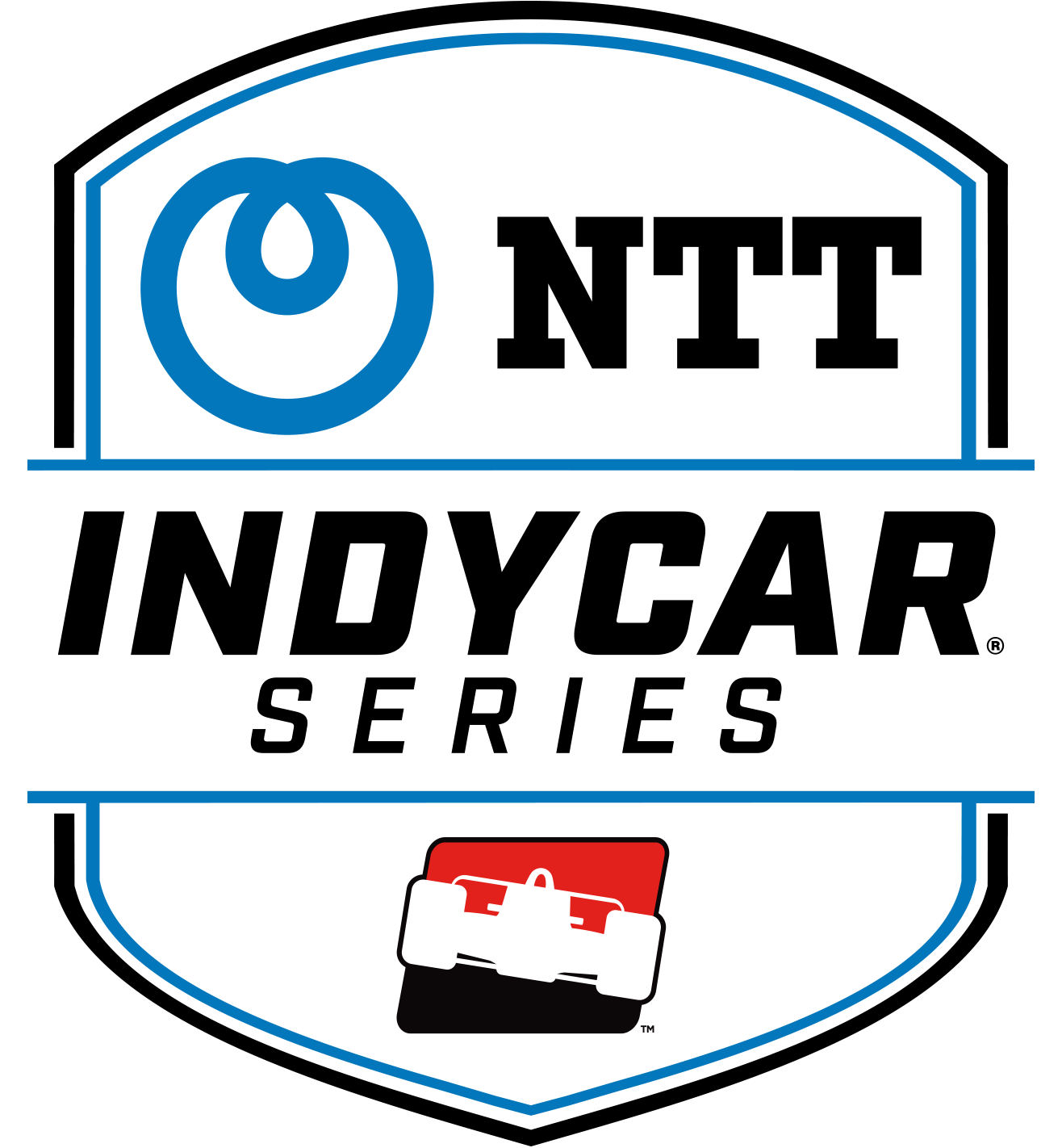Fittipaldi's dedication to return from injury worthy of our admiration
JUL 26, 2018
You’ve probably had this discussion with people who aren’t fans of racing. They’re fans of other sports, maybe, but they don’t quite understand racing or the motivation of racers. It’s dangerous, they say. They wonder what motivates professional racers.
Invariably during the discussion, they’ll get around to this question: Why, after sustaining a catastrophic injury, would someone want to get back in a race car?
The answer is far more complicated than the question. You’ll probably begin your answer with the fact that they’re professionals at the highest level of their chosen craft. They’re good at this. They want to be doing it. They’ll do anything to get to the top of their craft. They’ll do anything to stay there.
Then you’ll get around to trust. They trust the equipment, they trust their competitors, they trust the racetracks and safety crews. They aren’t daredevils or thrill-seekers. They’re athletes who have trained for most of their lives to get to this point.
You’ll probably conclude your argument with acceptance. Crashes happen, and they can have devastating consequences. Racers accept that risk. They know what can happen, and they prepare as thoroughly as possible to protect themselves if it does happen.
Mostly, though, the question is difficult to answer because recovering from injuries is a deeply personal and unique experience. And that brings us to Pietro Fittipaldi.
 He was cleared Thursday by Dr. Geoffrey Billows, INDYCAR’s medical director, to compete this weekend in the Honda Indy 200 at Mid-Ohio Sports Car Course. Twelve weeks ago, Fittipaldi underwent surgery to repair broken bones in his left leg and right ankle after a crash during qualifying for the 6 Hours of Spa-Francorchamps sports car race in Belgium. The incident came less than a month after Fittipaldi's Verizon IndyCar Series debut at ISM Raceway.
He was cleared Thursday by Dr. Geoffrey Billows, INDYCAR’s medical director, to compete this weekend in the Honda Indy 200 at Mid-Ohio Sports Car Course. Twelve weeks ago, Fittipaldi underwent surgery to repair broken bones in his left leg and right ankle after a crash during qualifying for the 6 Hours of Spa-Francorchamps sports car race in Belgium. The incident came less than a month after Fittipaldi's Verizon IndyCar Series debut at ISM Raceway.
Before the 2018 season, Fittipaldi signed with Dale Coyne Racing to compete in a select number of INDYCAR races. It was his chance to prove himself, the goal he’s been working toward since childhood. The grandson of Emerson Fittipaldi, cousin of Christian Fittipaldi and nephew of Max Papis – all three winning Indy car drivers and Formula One competitors – is immersed in the life of racing, and he’s set goals for the final races of the season.
“I want to go and get good results – top-fives, hopefully a podium,” Fittipaldi said last week after an evaluation test session at Mid-Ohio, his first time in a car since the Spa crash. “You never know what can happen. I’m here and I want to push as hard as I can. … I’ve got these five races, and I’m going to give them all I can.”
His teammate understands the psychology behind all of it. Sebastien Bourdais made a quick recovery after a crash during qualifying for the Indianapolis 500 in May 2017. He’s been encouraging, listening to and occasionally worrying about his rookie teammate during the intensive rehabilitation process.
Bourdais also understands the differences in motivation, how every case of recovery is particular. Bourdais was 38 when he crashed at Indy. Fittipaldi was 21 when he crashed at Spa. Bourdais was proving something to himself. Fittipaldi is motivated by the circumstance.
“Dale wasn’t going to fire me,” Bourdais said of his team owner. “I knew I had a job to come back to. I knew it wasn’t the end of my career. But Pietro has this one opportunity to show what he can do. The window is so narrow for guys coming up. They feel pressure to make the most of it.”
So Fittipaldi worked hard at his recovery. Papis, now an INDYCAR race steward, helped him arrange a recovery plan with Dr. Terry Trammell, the longtime member of the INDYCAR Safety Team and an INDYCAR safety consultant. Indianapolis Motor Speedway let him stay in a motorcoach in the drivers’ lot long after the Indy 500 had ended. Every day, Fittipaldi showed up for painful, daylong therapy sessions. He earned this moment through hard work.
“It was intense with everything,” he said. “It was physical therapy and training, swimming every day. I’d leave the motorhome at 8 a.m. and get back at 5 (p.m.). It was all physical therapy and training, seven hours of the day. It was everything – working on my legs, working on my upper body. It was really intense.”
Bourdais knows the questions our non-racing friends are asking. He’s heard them before. He wonders why the same question isn’t asked of other professional athletes. If LeBron James sustained a catastrophic injury, would people wonder why he underwent grueling therapy to get back on the court as quickly as possible?
Or, if a young pitcher on the verge of earning a spot in the New York Yankees’ starting rotation blew out his arm in spring training, would people wonder why he opted for Tommy John surgery and followed it with months of excruciating rehab?
Of course not. We’d root for them. We’d accept and understand. We’d respect them.
Pietro Fittipaldi put everything he has into his recovery, just as he’s put everything he has into his profession. That’s not something to question. It’s something to admire.






















